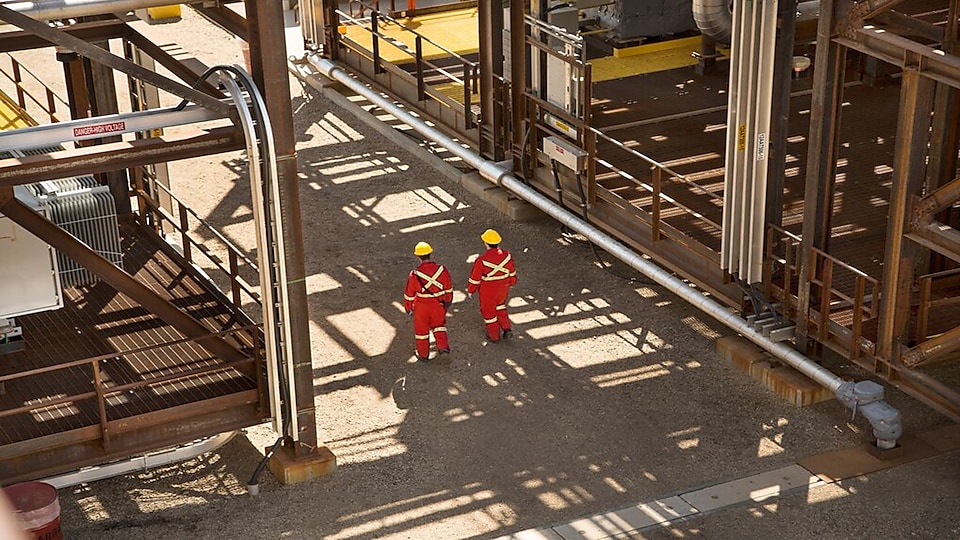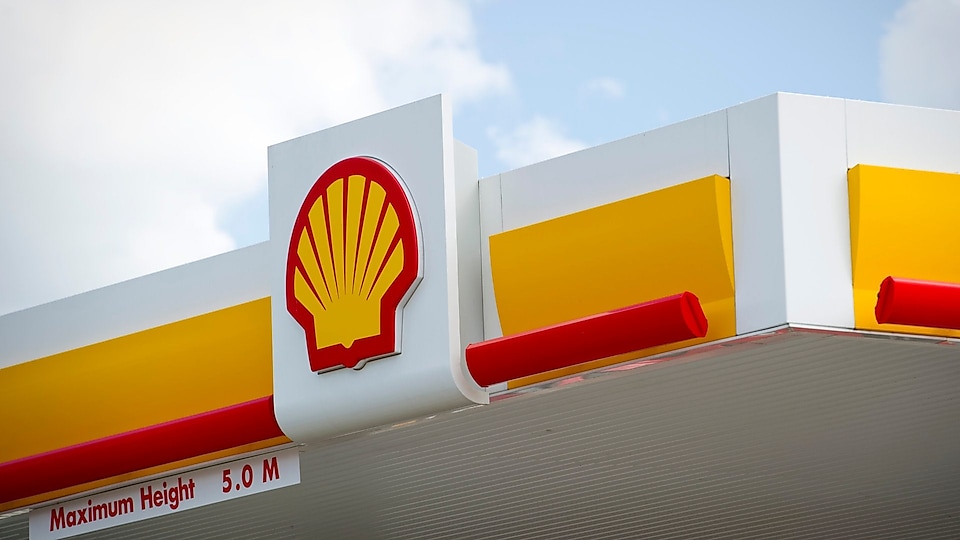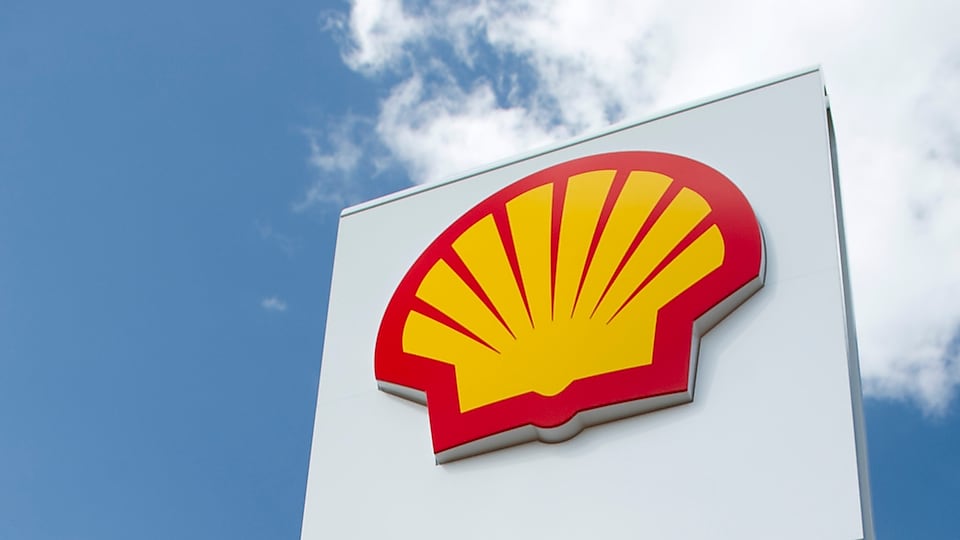Quest carbon capture and storage project reaches significant one-year milestone
Sep. 14, 2016
In its first year operating, the Quest carbon capture and storage (CCS) project has captured and safely stored one million tonnes of CO2 ahead of schedule.
Quest is the first CCS project applied to oil sands operations, and was made possible through strong collaboration between Shell, joint venture owners Chevron Canada Limited and Marathon Oil Canada Corporation, and the governments of Alberta and Canada.
“The success we are seeing in Quest demonstrates that Canadians are at the forefront of carbon capture and storage technology, showing the world that we can develop real solutions to address climate change,” said Zoe Yujnovich, Executive Vice President, Oil Sands for Shell. “Not only is Quest capturing and storing CO2 emissions from our oil sands operations, but its technology can be applied to other industries around the world to significantly reduce their CO2 emissions.”
Quest has been working better than planned, both in preventing CO2 from entering the atmosphere and in safely storing that CO2 deep underground, since its start-up celebration last November. Both its capture technology and storage capability have helped Quest exceed its target of capturing one million tonnes of CO2 per year, and through careful study and monitoring, the subsurface geology is proving ideal for long-term, safe storage of CO2.
From the outset, any intellectual property or data generated by Quest has been publicly available, in collaboration with the governments of Alberta and Canada, to help bring down future costs of CCS and encourage wider use of the technology around the world. This means that others can take the detailed engineering plans, valued at C$100 million, to help build future CCS facilities.
“Supportive government policy was essential in getting Quest up and running and will continue to play a vital role in developing large-scale CCS projects globally,” added Yujnovich. “Together with government, we are sharing lessons learned through Quest to help bring down future costs of CCS globally. If Quest was built again today, we estimate that it would cost 20-30 per cent less to construct and operate thanks to a variety of factors including capital efficiency improvements and a lower cost environment.”
One of the lessons learned has pointed to how significant cost savings could be achieved through joint transportation and storage facilities. For example, another capture facility could be tied into the existing Quest pipeline for CO2 storage. Operating costs for Quest are also 30 per cent less than anticipated, mainly due to lower fixed costs and energy efficiency savings.
“Our province has a long track record of oil and gas innovation and expertise,” said Alberta Energy Minister, Marg McCuaig-Boyd. “For more than 100 years, Albertans have been turning heads around the world by inventing better, safer and more responsible ways to develop our natural resources. Congratulations to all the hard working people at Quest who have made this project successful, and to the thousands of Albertans working to make the future of our energy industry even stronger.”
“The Government of Canada congratulates Shell and all partners involved in this project. This milestone further demonstrates that Canada continues to be a leader in the area of carbon capture and storage,” said the Honourable Jim Carr, Minister of Natural Resources Canada. “By pooling our efforts and sharing a vision for the future we can achieve impressive results that lead to an expanding clean energy sector, a sustainable environment and a strong economy.”
Quest was built by the Athabasca Oil Sands Project joint-venture owners Shell Canada Energy (60 per cent), Chevron Canada Limited (20 per cent) and Marathon Oil Canada Corporation (20 per cent), and was made possible through strong support from the governments of Alberta and Canada who provided C$745 million and C$120 million, respectively, in funding.
Quest Carbon Capture and Storage
Located at the Scotford upgrader near Edmonton, Alberta, the world-class Quest Carbon Capture and Storage facility is proving that large-scale CO2 capture is a safe and effective measure to reduce CO2 emissions from industrial sources.
Media
Get quick and easy access to information about Shell in Canada, including press releases, images, speeches, and more.
Notes to editors
- Globally, there are 15 large-scale CCS projects in operation, with a further seven under construction (total CO2 capture capacity for the 22 projects is around 40 million tonnes per annum). Four large-scale CCS projects are in Canada. Source: Global CCS Institute
- CCS technology can be applied to a wide range of industries, including steel, cement and power generation, to significantly reduce CO2 emissions.
- Quest was designed to capture and store about one third of the emissions from Shell’s Scotford Upgrader (near Fort Saskatchewan, Alberta), which turns oil sands bitumen into synthetic crude that can be refined into fuel and other products. One million tonnes of CO2 captured and stored each year at Quest is equivalent to the annual emissions from about 250,000 cars.
- In its first year of operations, the reliability of the capture facility at Quest was about 99 per cent, with less 1 per cent unplanned downtime.
- Government funding for Quest is tied to performance-based milestones associated with construction and operation of the project.
- Shell and the United States Department of Energy are field-testing advanced monitoring technologies alongside the state-of-the-art, comprehensive monitoring program already in place for Quest.
- To commemorate the launch of the Quest CCS project, Shell launched the Quest Climate Grant program in 2015 to provide one-time grants to Canadian-led projects that have measurable impact on the environment.
Enquiries
Shell Media Relations
Canada: media-desk@shell.com
Shell Investor Relations
North America: +1 832 337 2034
More in Media
Media Inquiries
If you are a member of the media, we welcome inquiries related to Shell Canada’s corporate activities. Click to access the submission form.
Speeches
Here you can access a selection of speeches and articles by Shell Canada’s leaders.
Archived media releases



